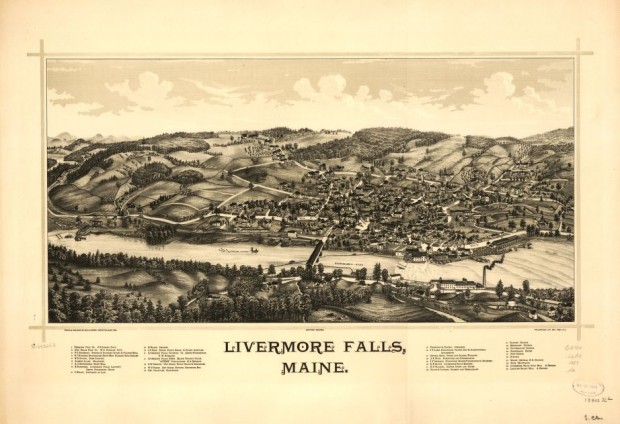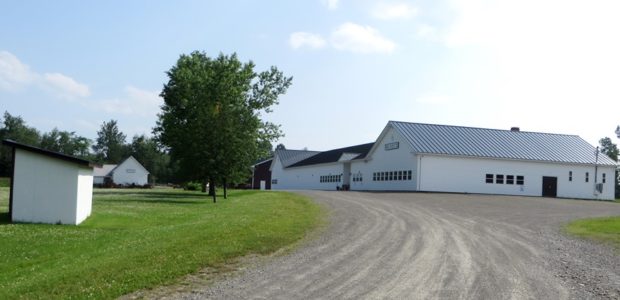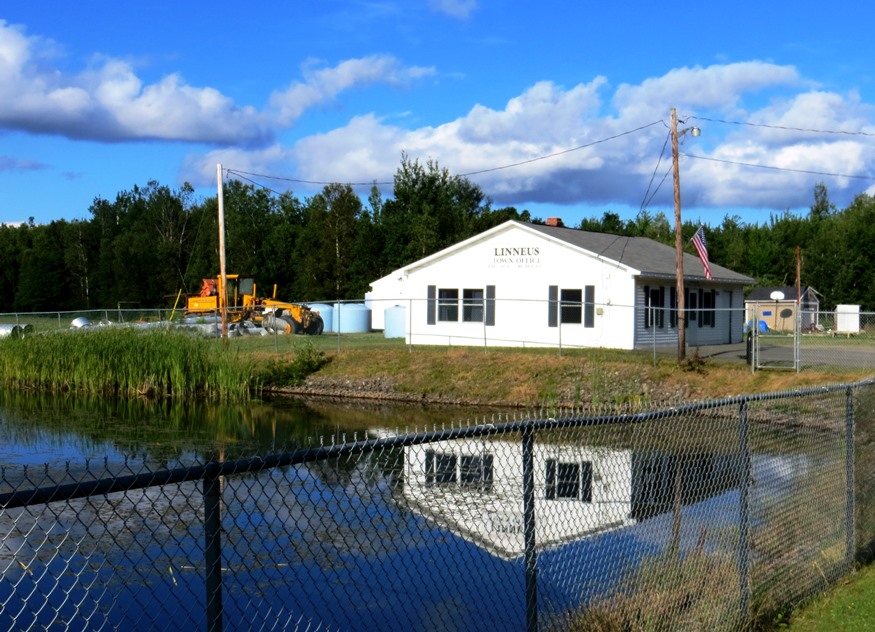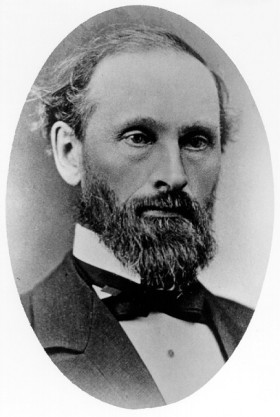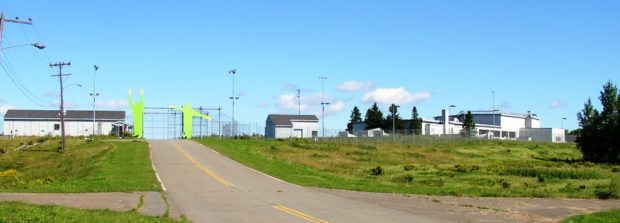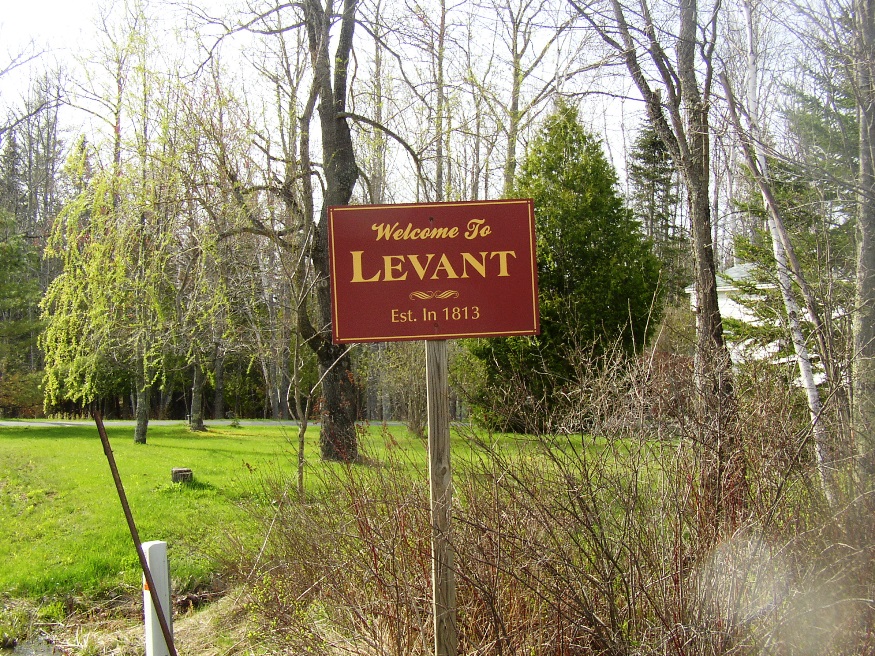Local Government
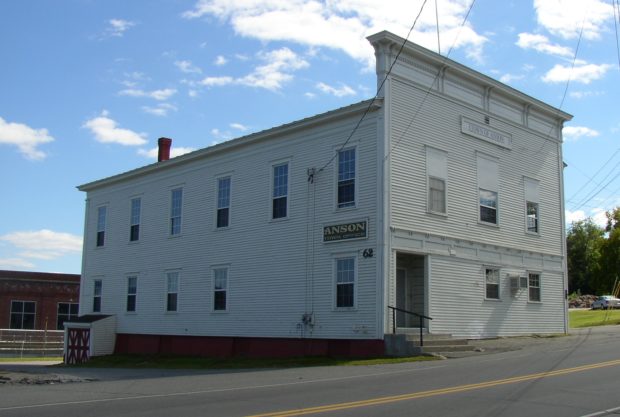
in New England traces its origins to 1620 and the Mayflower Compact written and agreed to by the Pilgrims of Plymouth Colony. By 1652 the Colony asserted its authority over that part of Maine known then and now as York(shire) County. By having local townsmen sign a statement accepting that authority, the tradition of popular…


